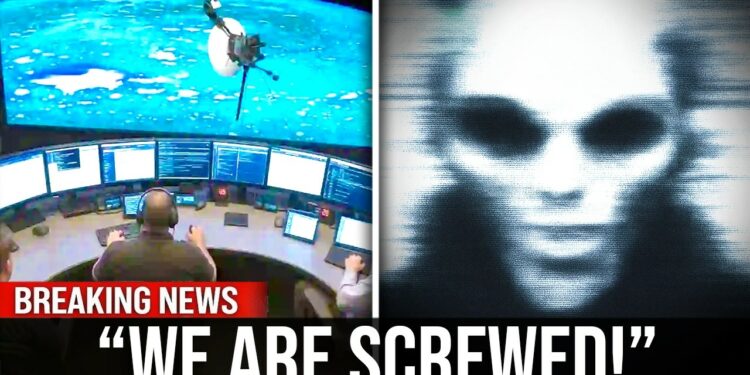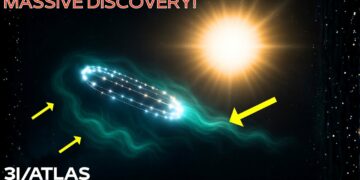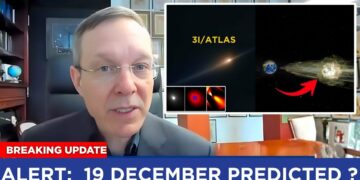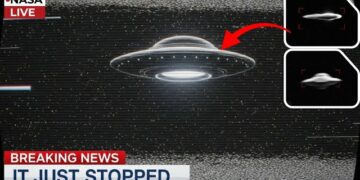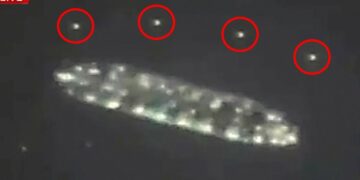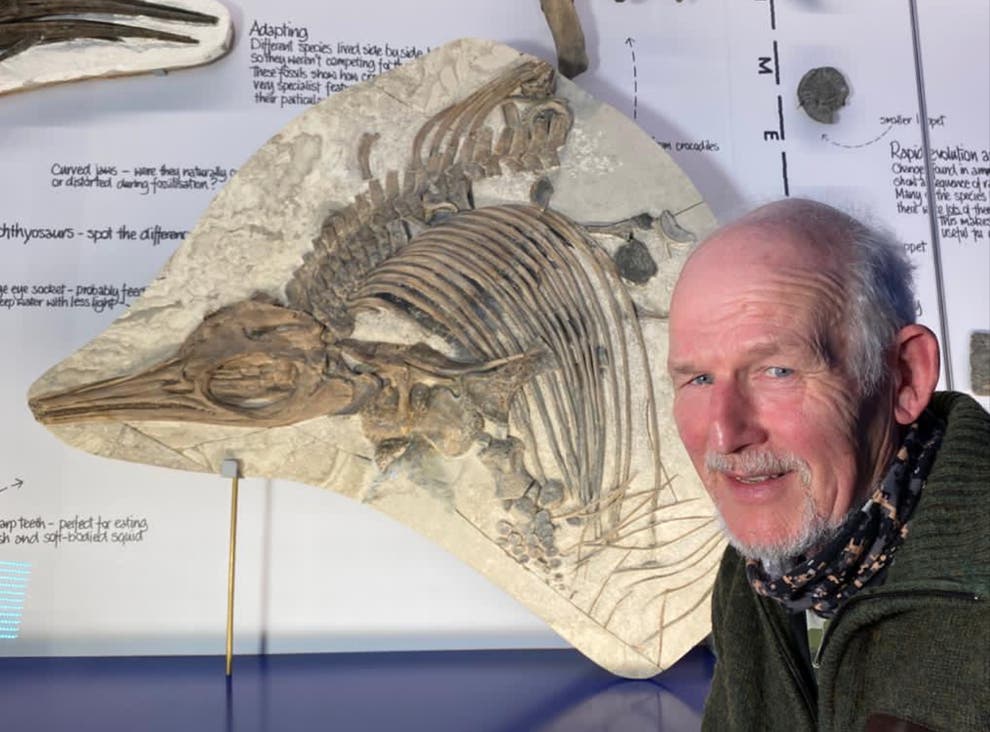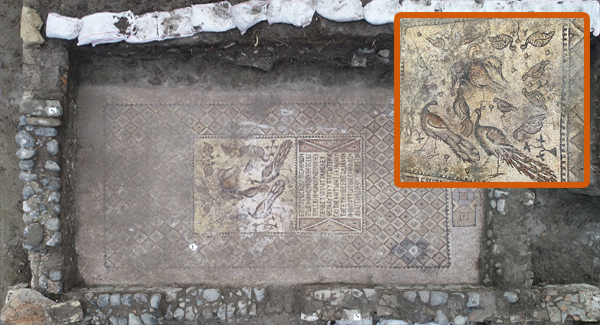A sensational rumor has emerged from the depths of space, claiming that hidden transmissions from NASA’s Voyager 2 spacecraft could reveal groundbreaking secrets about humanity’s future. Decades after its launch, this distant probe, now in interstellar space, is said to harbor anomalous signal patterns discovered by an anonymous hacker. Below, we explore the details of this claim, its implications, and the skepticism surrounding it.
The Hacker’s Claim: Unusual Signal Patterns
Online forums and niche tech blogs are abuzz with reports that an anonymous hacker intercepted data streams from Voyager 2, uncovering irregular patterns within the spacecraft’s telemetry. These sequences, described as short bursts of codelike signals, deviate from standard scientific or engineering data. The hacker reportedly stumbled upon these anomalies while analyzing publicly available data from NASA’s Deep Space Network (DSN) using signal analysis software. The signals allegedly appear sporadically, embedded within normal telemetry as structured interference with a repetitive yet elusive pattern.
Voyager 2 transmits data via 2.3 GHz or 8.4 GHz frequency bands to the DSN. The hacker claims that by combining DSN output logs with data from other listening stations, they detected breaks in the standard data format. These breaks supposedly reveal hidden layers of information, sparking speculation about their origin and purpose.
Why the Fascination with Voyager 2?
Voyager 2, launched in 1977, is now approximately 12–13 billion miles from Earth, operating in interstellar space. Its signals, weakened to a fraction of a picowatt, require highly sensitive DSN antennas to capture. While the DSN shares some real-time data for educational purposes, decoding it demands specialized knowledge of NASA’s data formats and error correction schemes. The allure of uncovering secrets from one of humanity’s oldest space probes drives enthusiasts, some chasing the thrill of discovery, others fueled by conspiracy theories suggesting NASA is concealing extraterrestrial communications.
Prime Numbers: A Universal Signature?
A striking element of the rumor is the claim that the anomalous signals contain sequences of prime numbers (2, 3, 5, 7, 11, 13, etc.). Prime numbers are considered a universal mathematical concept, often associated with potential signals from intelligent life, as seen in science fiction like Carl Sagan’s Contact. The hacker alleges these sequences appear in short bursts, embedded within conventional telemetry, with frequency or amplitude patterns corresponding to consecutive primes.
Skeptics argue that random data can mimic meaningful patterns, similar to the Bible code phenomenon, where text strings are interpreted as hidden messages. Without rigorous statistical analysis to confirm that these patterns exceed chance, the claim remains speculative. Such analysis would require raw DSN data, error correction algorithms, and the exact decoding pipeline—none of which have been publicly presented.
NASA’s Response: No Irregularities
NASA has firmly denied any anomalies in Voyager 2’s signals, stating that the spacecraft operates within expected parameters, transmitting standard scientific and engineering telemetry. Mission scientists emphasize that their team, which monitors the probe continuously, would likely detect any irregularities before an external hacker. Past glitches, such as memory issues or data corruption, have been attributed to hardware failures or cosmic ray strikes, not hidden signals.
Conspiracy theorists counter that NASA might suppress evidence of extraterrestrial communications for national security or to avoid public panic. However, NASA’s transparency, driven by its taxpayer-funded status, and the public availability of most Voyager data undermine these claims. The agency regularly publishes mission updates, including anomalies, which are typically well-documented.
Quantum Computing and Signal Analysis
The rumor gains intrigue with claims that the hacker used quantum computing to uncover these patterns. Quantum computers, leveraging qubits in superposition, could theoretically detect subtle correlations in data that classical computers might miss. However, quantum computing is still in its experimental phase, with limited stable qubit counts. The notion that a hacker accessed advanced quantum systems, such as a rumored Microsoft “Myerana 1” processor, seems far-fetched. Voyager 2’s narrow bandwidth and low data volume suggest classical computing could suffice for pattern detection, casting doubt on the necessity of quantum methods.
Encrypted Messages or Random Noise?
The idea of encrypted messages from Voyager 2 implies deliberate encoding, possibly by NASA or an unknown entity. However, the spacecraft’s 1970s hardware has limited computing power, making sophisticated encryption unlikely. NASA’s telemetry is typically sent in plain text, using specialized formats for error correction rather than cryptographic hiding. Anomalous signals could result from hardware degradation or data corruption, which might resemble structured patterns to those predisposed to find meaning. Distinguishing between true encryption and random noise requires deep mathematical analysis, which the rumor lacks.
The Classified Patch Theory
Some speculate that NASA uploaded a secret software patch to Voyager 2, enabling hidden transmissions. While NASA has updated the spacecraft’s code over the years to manage systems, these patches are constrained by its limited memory and processing capacity. Claims of a clandestine patch for broadcasting secret messages lack evidence, relying on fringe narratives about national security or covert alien communication experiments. NASA’s documented updates focus on practical solutions, like bypassing failing components, with no indication of hidden functionalities.
Interstellar Influence: Cosmic Interference?
Another theory suggests that the interstellar medium (ISM)—comprising cosmic rays, magnetic fields, and plasma—alters Voyager 2’s signals, creating the rumored patterns. While the ISM can cause signal scintillation or modulation, these effects typically manifest as broad changes, not structured sequences like prime numbers. NASA’s robust error correction would likely flag such distortions as errors, and no consistent anomalies suggesting cosmic interference have been reported.
Connection to Pioneer Missions
The rumor draws parallels to the Pioneer 10 and 11 missions, which experienced the “Pioneer Anomaly”—a slight trajectory deviation later attributed to thermal recoil forces. Conspiracy theorists link this to Voyager 2, suggesting older spacecraft may transmit mysterious data at great distances. However, Pioneer data showed no evidence of hidden signals, and Voyager 2’s operations align with expected behavior, not anomalous transmissions.
Conclusion: Rumor or Reality?
The Voyager 2 signal rumor captivates the imagination, blending the allure of cosmic discovery with the mystique of hidden messages. Yet, without verifiable evidence—such as raw data, reproducible analysis, or independent confirmation—the claims remain speculative. NASA’s denials, the technical constraints of 1970s hardware, and the lack of rigorous proof tilt the balance toward data corruption or misinterpretation over cosmic secrets. Still, the story reflects humanity’s yearning for answers beyond the stars, ensuring such rumors will persist until definitively resolved.

